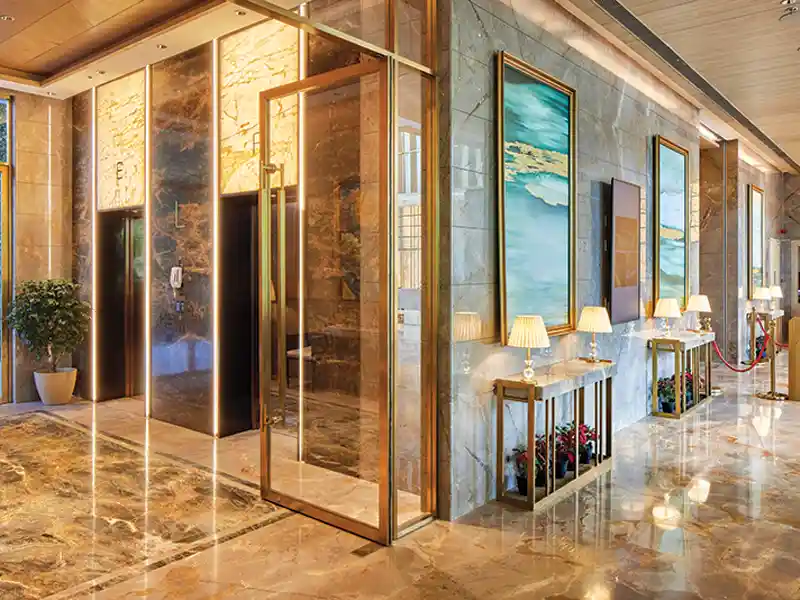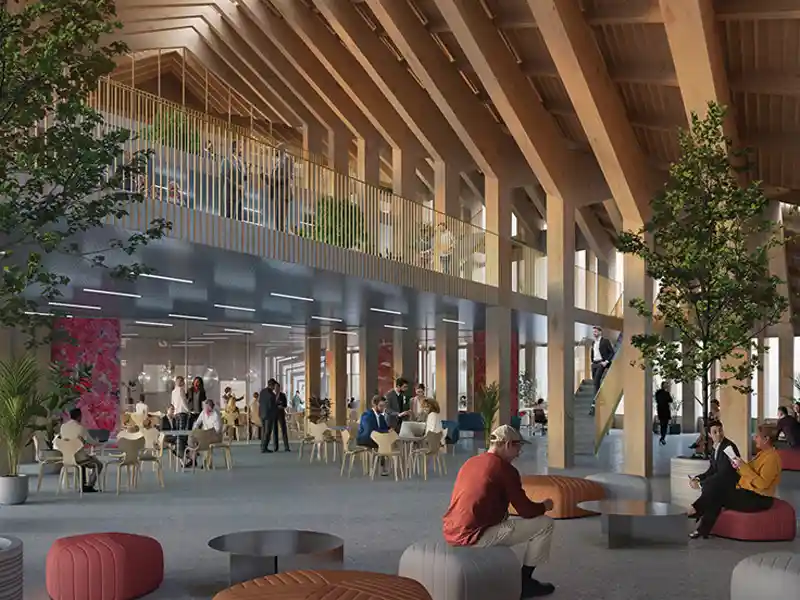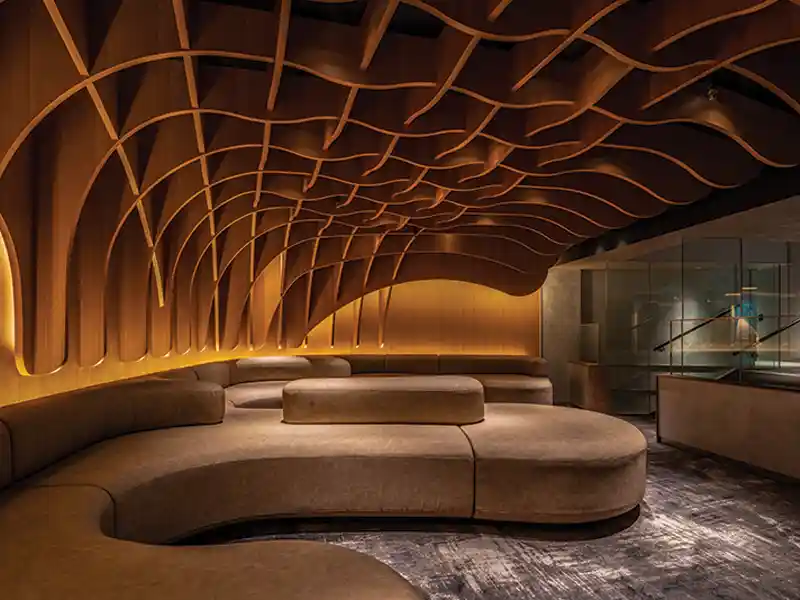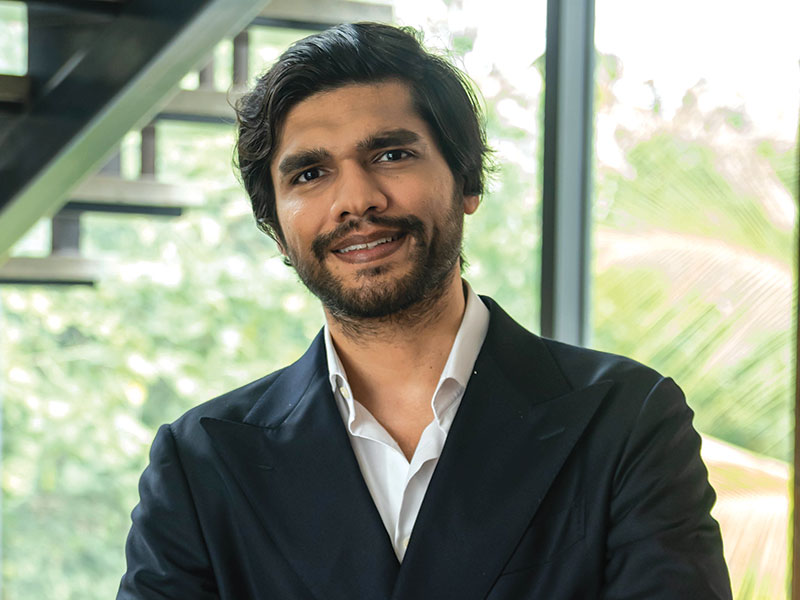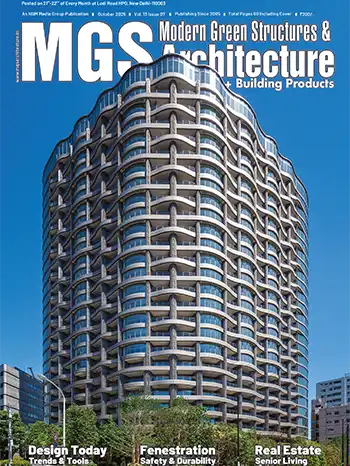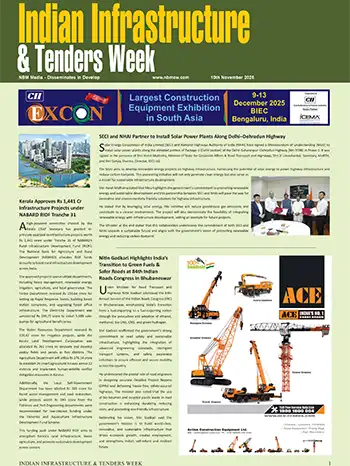
For one, the need to connect with the natural environment grew stronger as our homes started to feel more like isolation pods. Secondly, we realised that our work did not have to be restricted to a cubicle and the benefits that remote working presents. Also, during the pandemic, four walls had to contain all diverse human activities. A bedroom went from a resting place to a work cubicle, a classroom, or even a gym. Thus, the diversification of a single space helped us understand the transformative ability every zone has.
Moving forward, the design process becomes more ecologically integrated, while maintaining flexibility in its utility, and prioritising comfort. A new spotlight has also been cast on co-working spaces and the significance of public places in general.
For the longest time, a building defined a clear inside and outside, but the boundary now needs to become more flexible in its definition.
To improve the quality of one’s built environment, we need to focus on the latter half of the term. For the longest time, a building defined a clear inside and outside. It was a fortress of brick and concrete through which nature wasn’t allowed in. However, the boundary now needs to become more flexible. Open spaces that welcome fresh air, water features that cast playful lights against earthy textures, a wall of green blooming with life, are ways that not only enhance a space aesthetically but also emphasize the importance of pause and reflection.
Indian architecture has mostly manifested as eco-conscious and low-rise while making use of local materials.
Trends like minimalism, sustainability, micro-living, low-rise constructions have always been a part of the Indian built ethos. However, presently, most of these trends remain a luxury reserved for the upper strata. It will be a challenge to adapt and assimilate these methodologies in the overlapping discourse of the urban union.
Design Consortium has been a part of this conversation for the past 30 years, with our primary focus being sustainability and eco-consciousness. One of the key approaches that need more traction is sustainability and it cannot be treated as a ‘trend’ with the climate crisis being experienced across the globe. The AEC industry as a whole must realise the immense contribution that we make to the global carbon footprint and work our way towards a more ecologically conscious future.
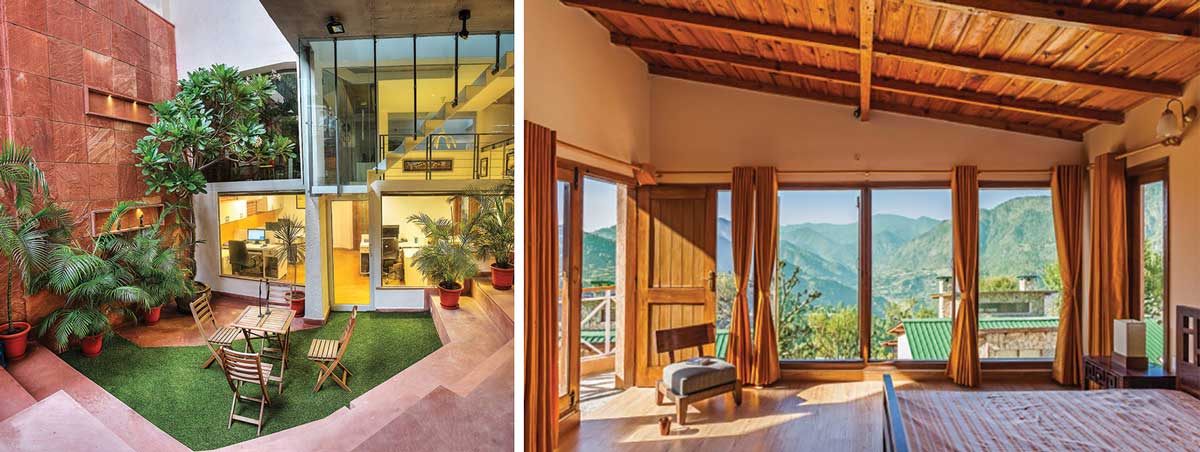
Architecture will adapt itself to expand more to climate, context, tradition, local technology, and nature.
With the fast-paced world that we live in, sometimes, the architecture industry takes a long time to imbibe a growing trend. But it evolves, regardless, as it always has, and always reflects the community it shelters. With the alarming rate at which the global climate is changing, sustainability is the focus along with the intersectionality of heritage within it. Hence, we are seeing projects that move away from displays of vanity and capitalism and adapt to uplift marginalised communities and the natural environment.
Future trends are highly dependent on the need of the hour and the level of awareness that the collective community shares. Hence, as architects, we need to bring these options to our clients to help them make informed choices. As I have always said, architecture is nothing but placing a habitat in nature.

